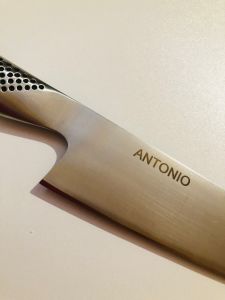Language
WORLDWIDE SHIPPING
Kai Shun Classic Bird's Beak Paring Knife
€112.00
€91.80
Availability:
In stock
Kai Shun Classic Bird's Beak Paring Knife
Excellent curved paring knife with damascus steel blade with 32 steel layers and duckbill Bird's Beak blade shape, perfect for peeling, cleaning, indicating fruit and vegetables.
The blade length is cm. 6
The Shun knife series belongs to the range of damask knives and is very popular with the culinary elite and ambitious professional chefs.
Kai Shun Classic Bird's Beak Paring Knife
Shun professional knives are made with an extremely corrosion-resistant, very hard (61 ± 1 HRC, 1.0% carbon, 1.5% cobalt) internal layer in VG MAX steel that keeps the blade always unequaled sharpness.
The external part of the blades is made of new generation 32-layer damask stainless steel.
Thanks to the convex surface of the blade and the manual sharpening of each Shun knife, an incomparable cut is obtained, which allows the knife to slide even through the most difficult to cut foods.
This wire, combined with the balanced weight of the knife, allows you to work effortlessly.
The grain of the damask gives each SHUN knife a special character so that each knife becomes a unique piece - a work of art that embodies craftsmanship, technique, and design.
The processing technique of the Shun kitchen knife was born from the art of the Japanese blacksmiths of the samurai swords, adapting the production of the blades to the western style thus offering, even to European chefs, the shapes familiar to them made with traditional Japanese quality.
FAQs

 IT
IT FR
FR
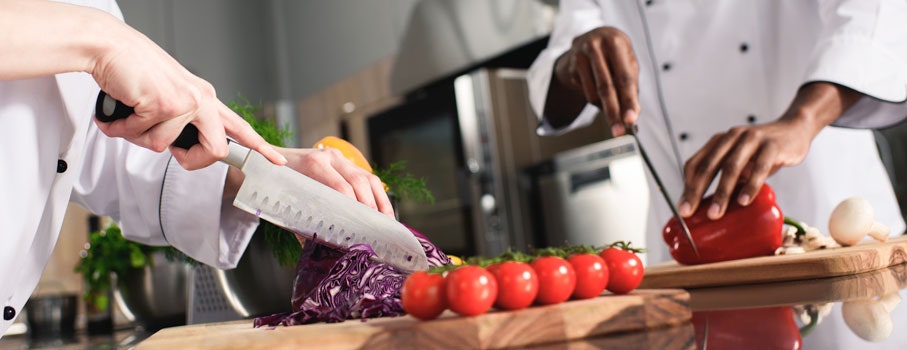
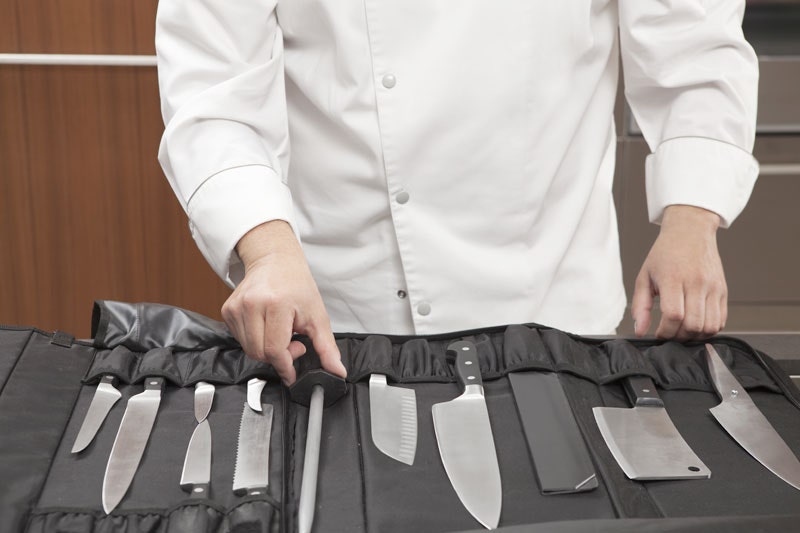
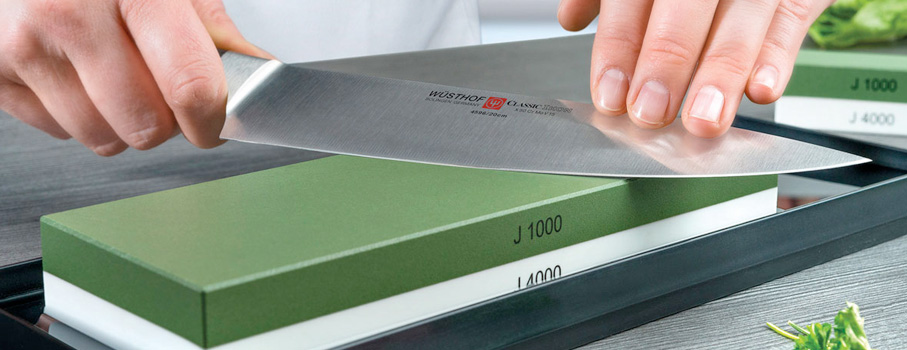
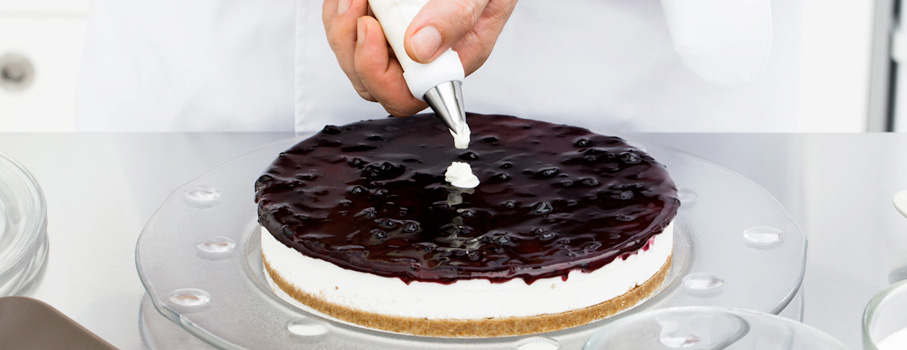

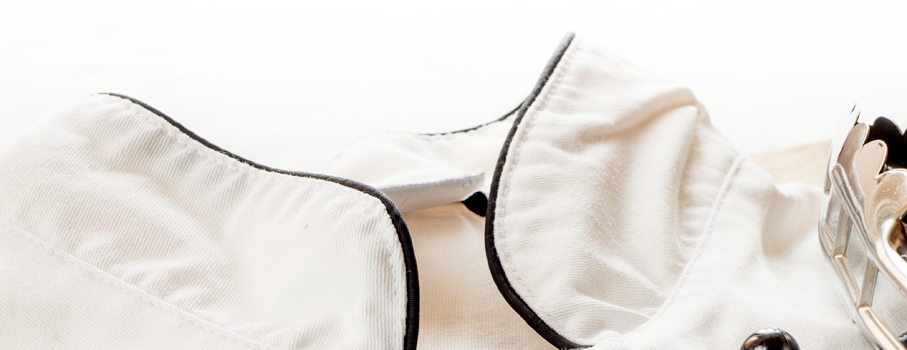
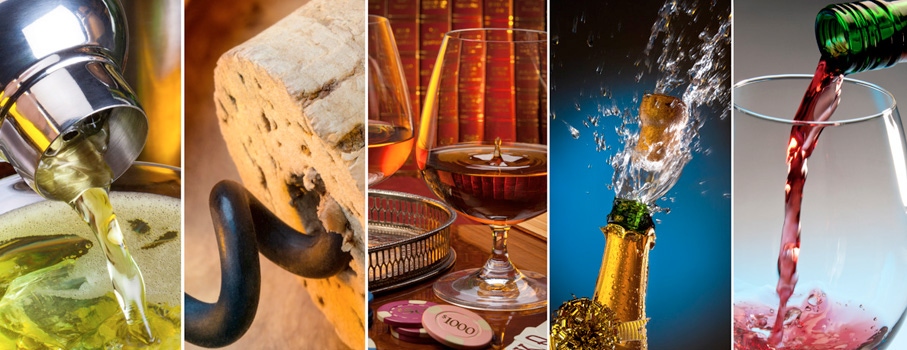
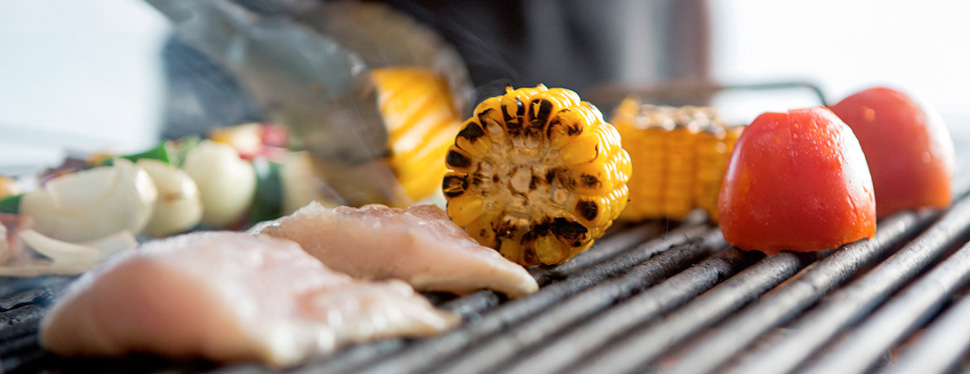

 IT
IT FR
FR
